Business Environment Analysis: Macroeconomic Factors Impacting Tesco
VerifiedAdded on 2023/02/01
|15
|929
|40
Report
AI Summary
This report provides a comprehensive analysis of Tesco's business environment, exploring both internal and external factors. It begins with an introduction to the business environment and then delves into the impact of the macro environment on Tesco's operations. The report includes an internal and external analysis of the firm, utilizing SWOT analysis to assess strengths, weaknesses, opportunities, and threats. It also examines the interrelations between strengths and weaknesses with macro factors such as political, economic, social, technological, environmental, and legal aspects. The analysis provides insights into how these factors influence Tesco's performance and strategic positioning in the competitive market. The report concludes by summarizing the key findings and highlighting the importance of understanding the business environment for sustained success. It references relevant academic sources to support its analysis and findings, offering a well-rounded perspective on the subject.
1 out of 15
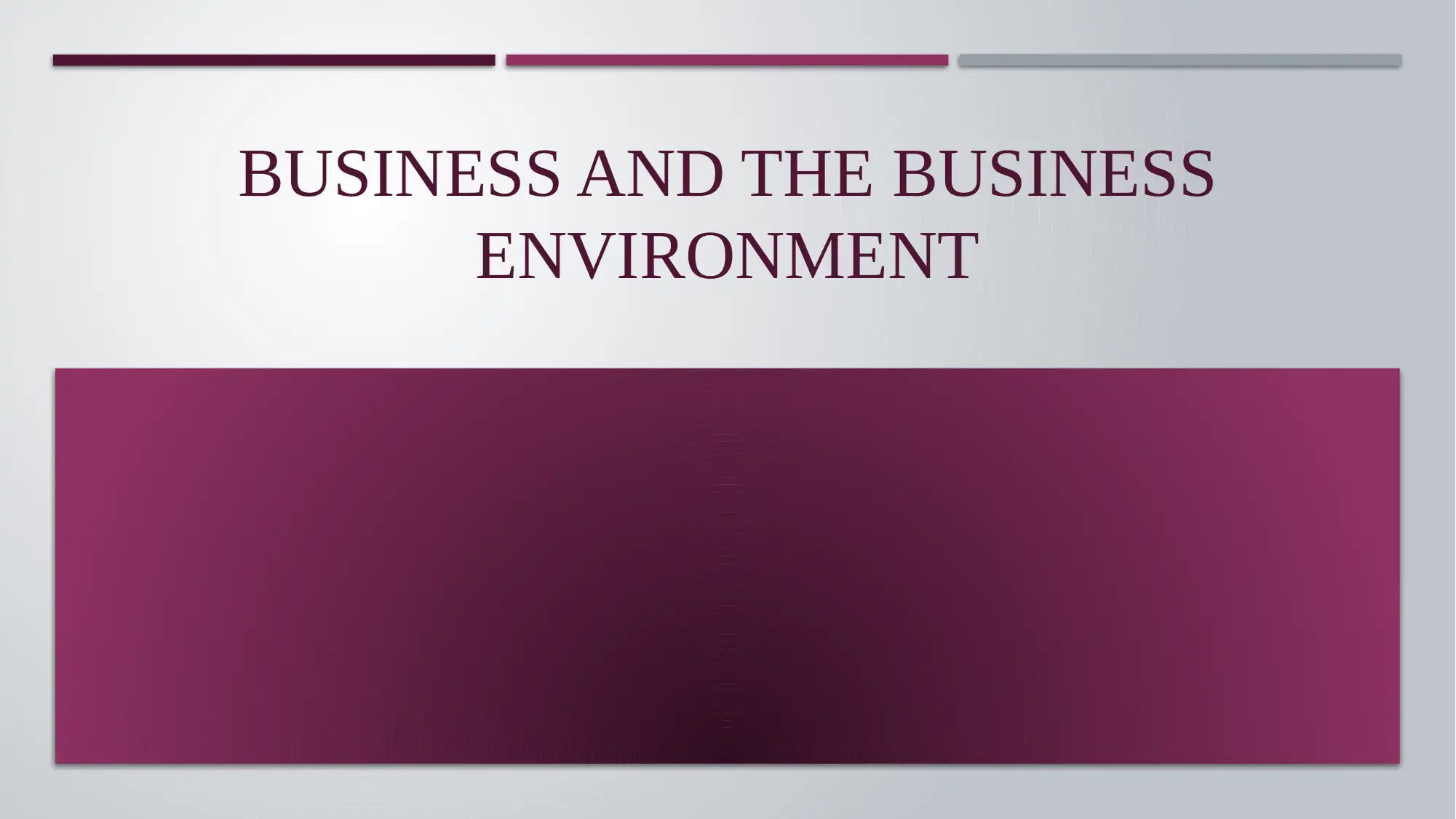
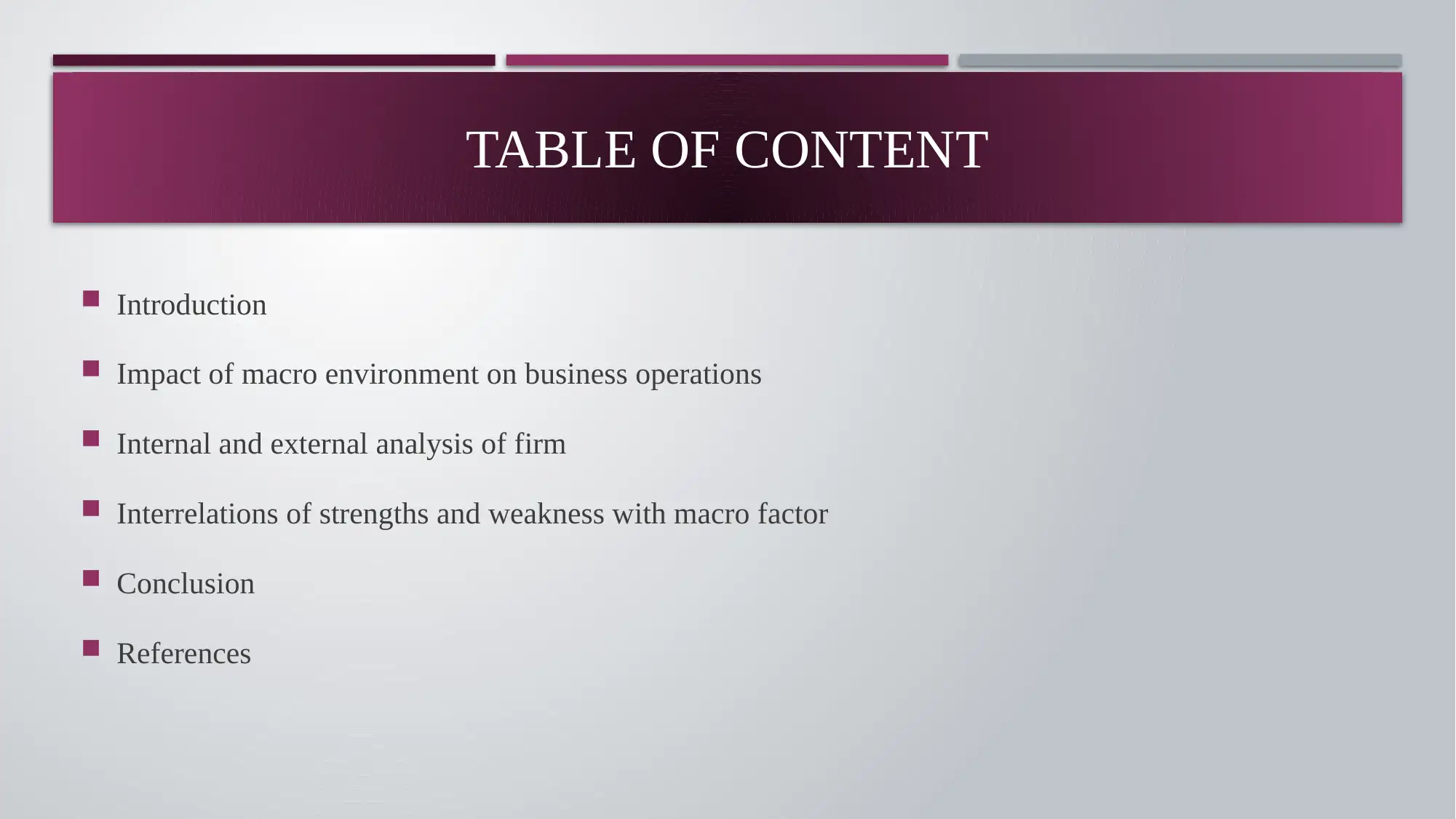
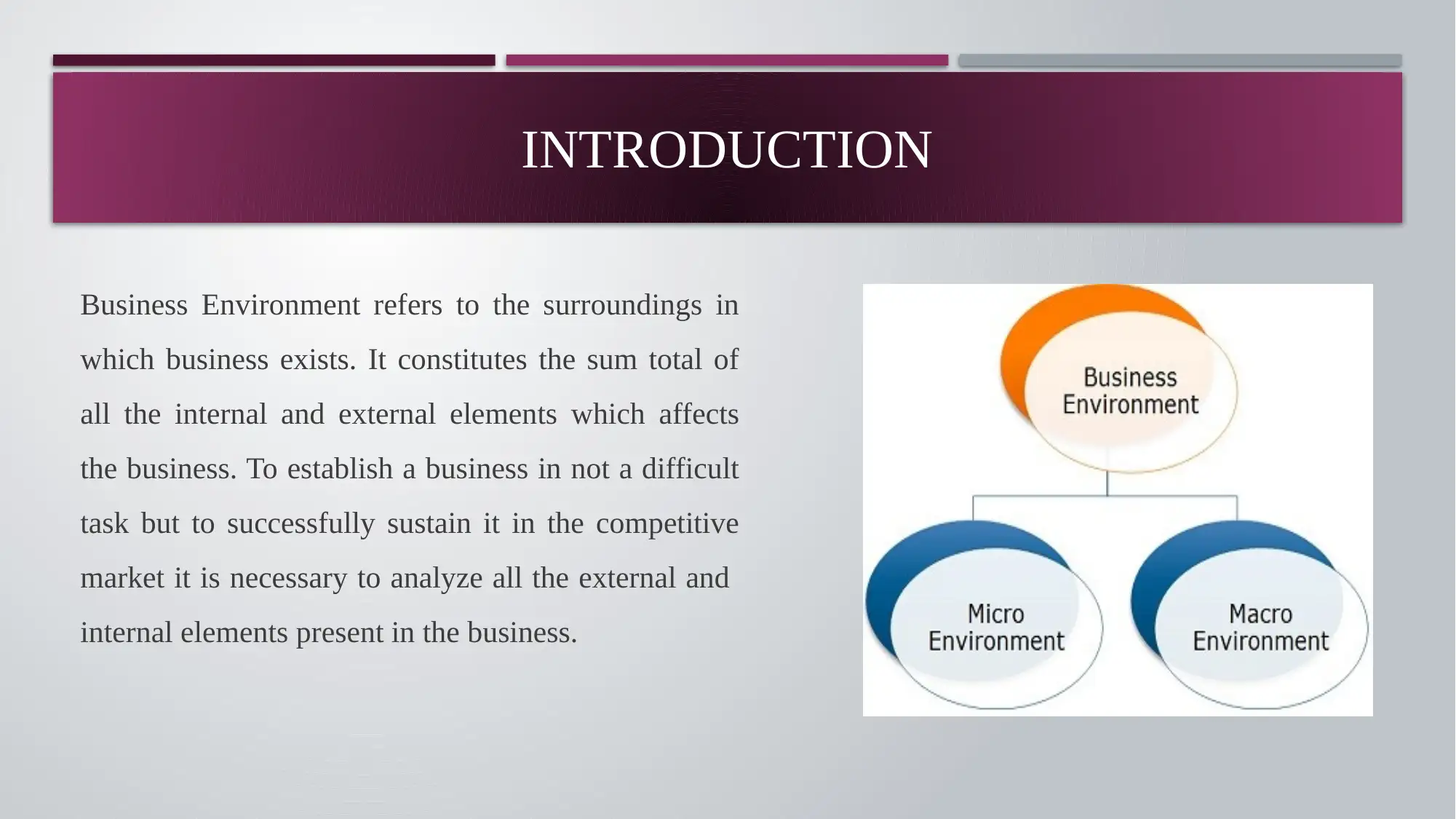

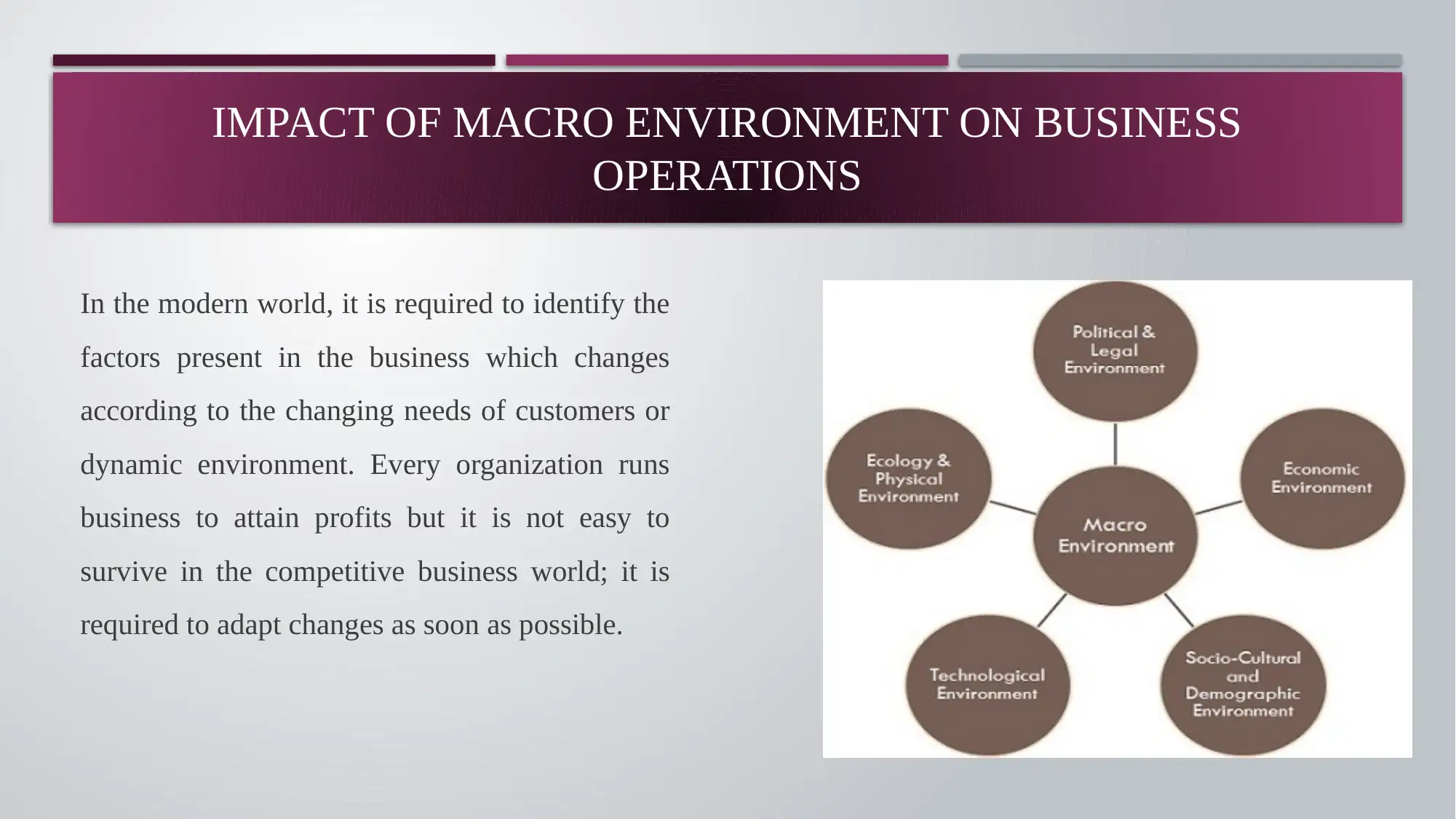
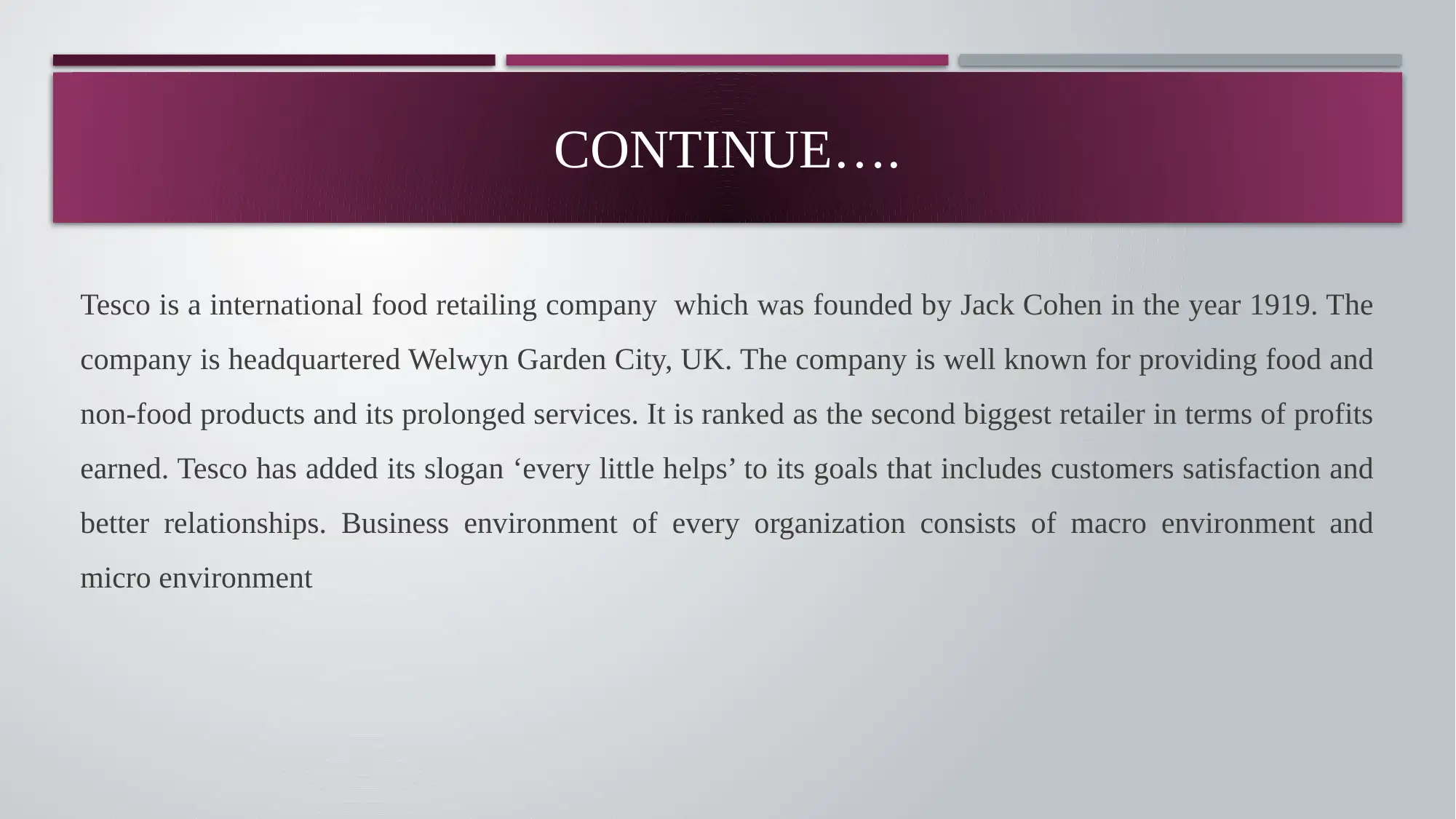
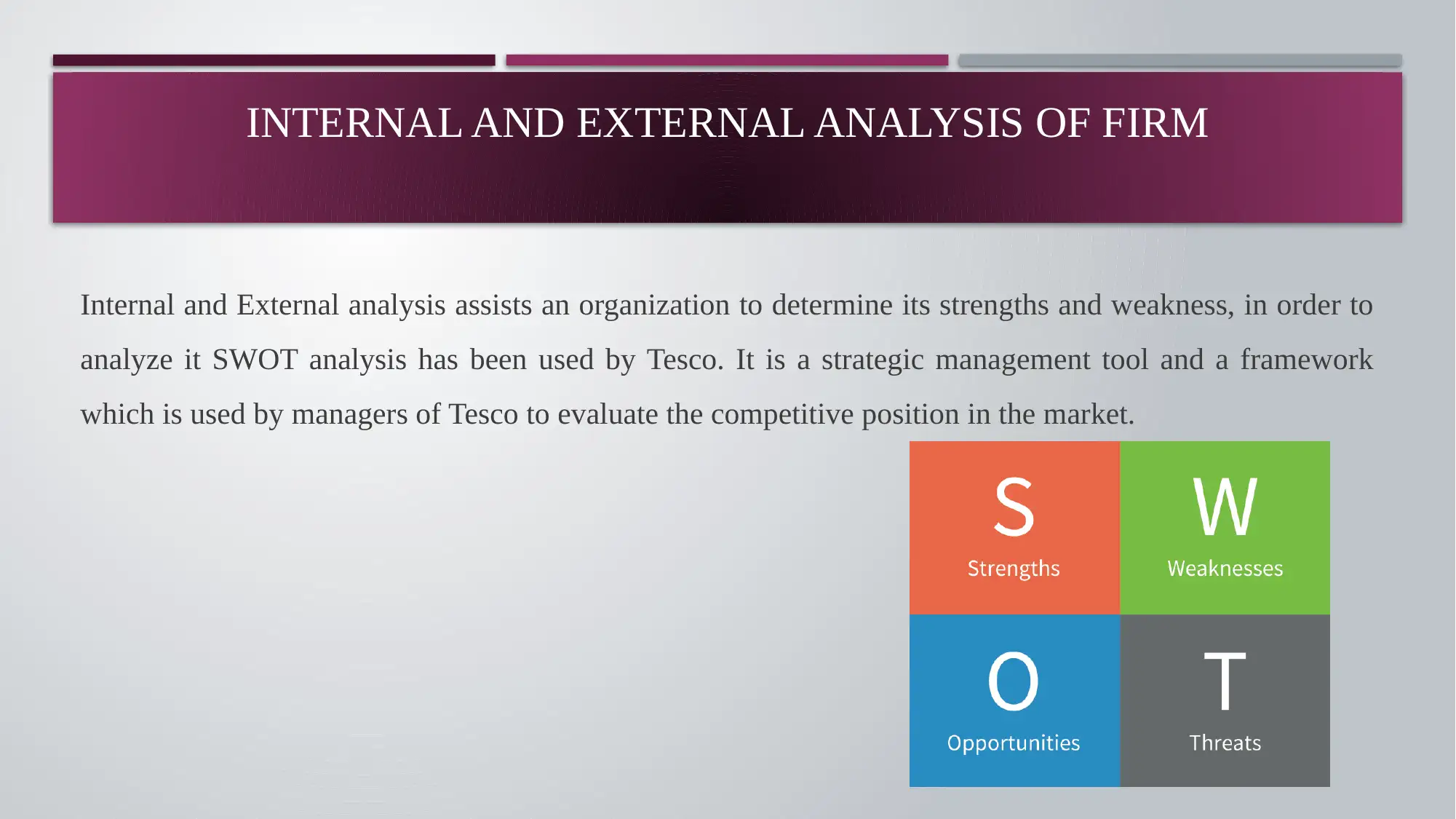
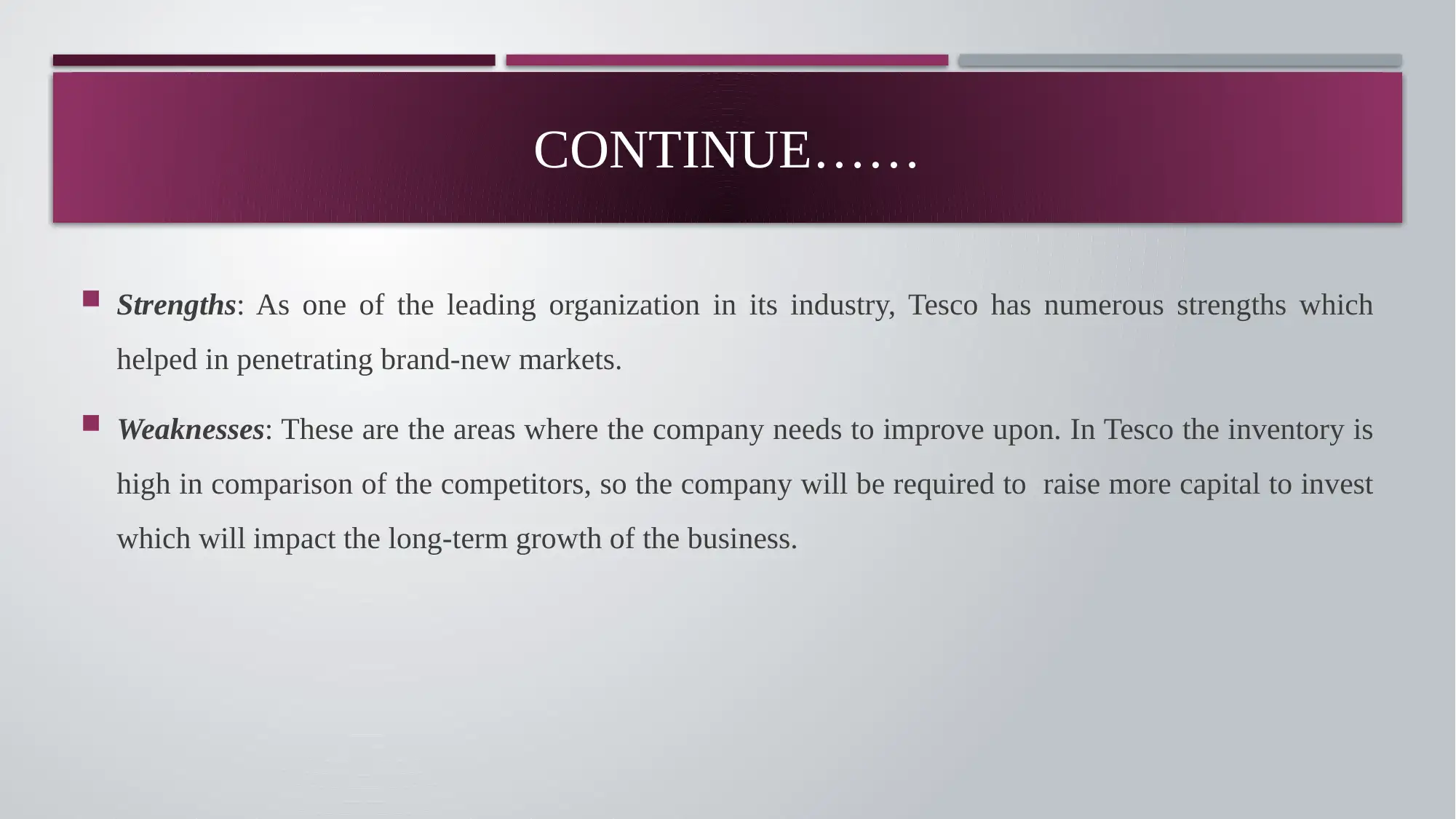


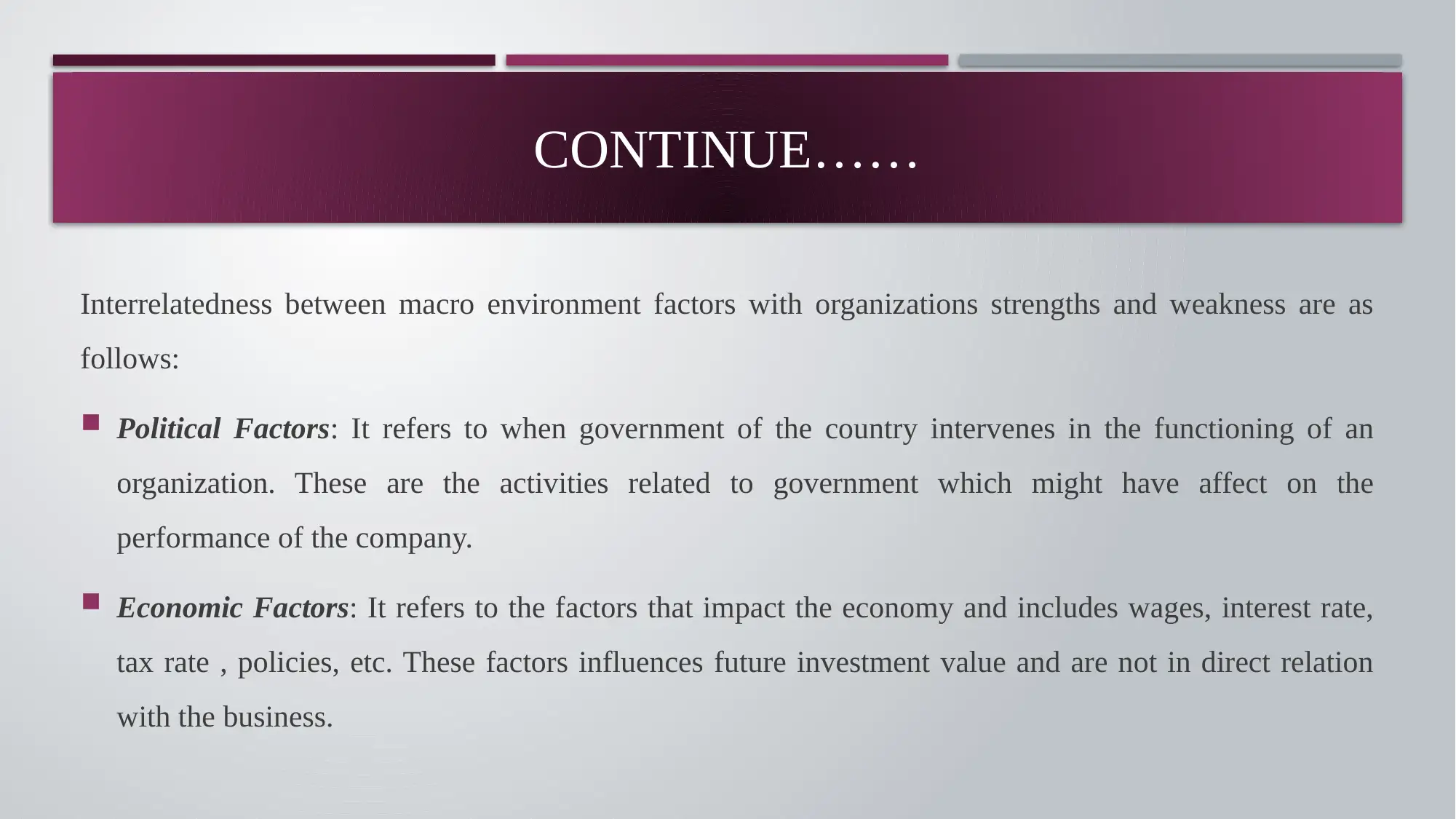
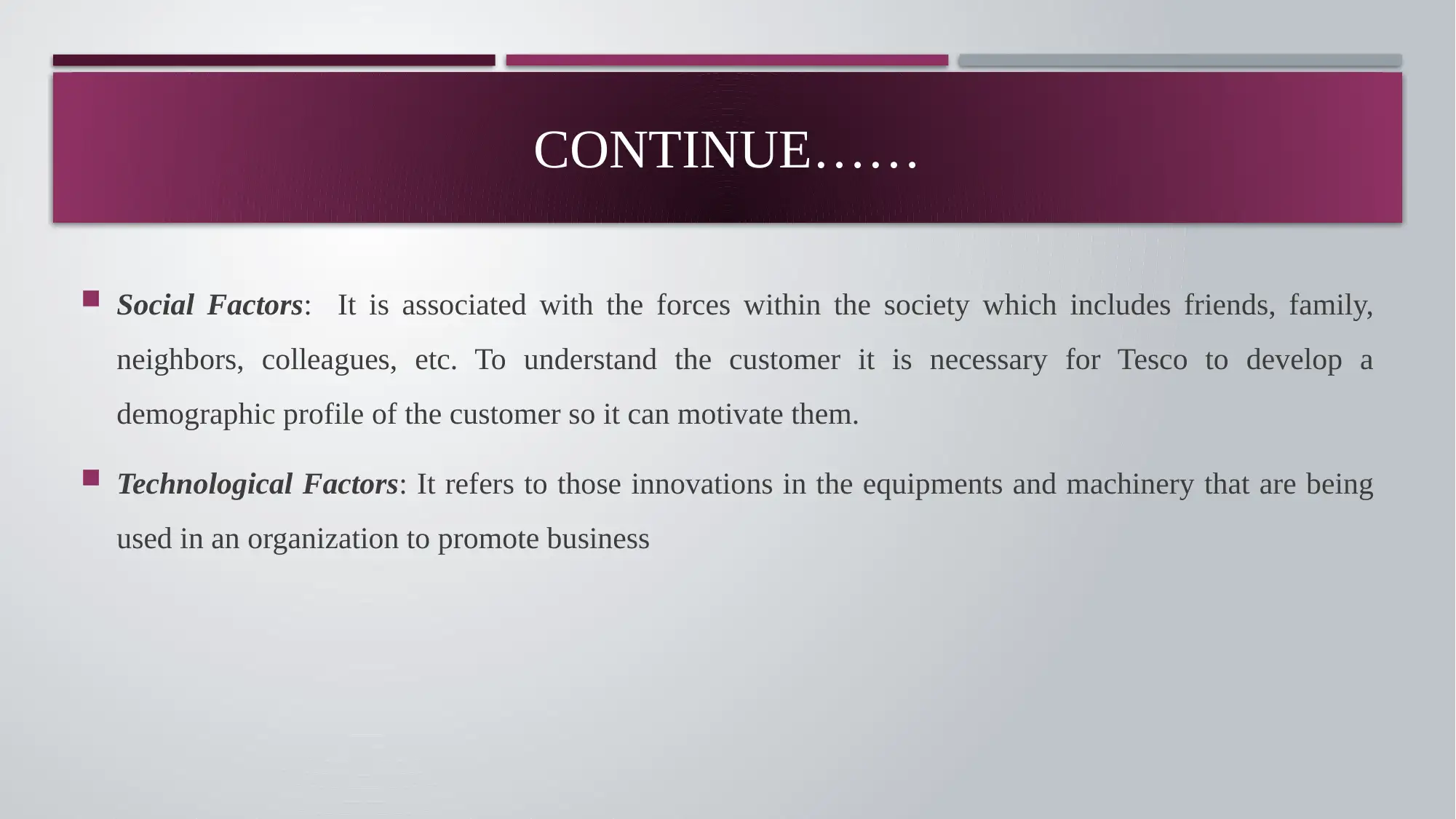







![[object Object]](/_next/static/media/star-bottom.7253800d.svg)